There are some winter plants that can be planted in the fall and enjoyed in early spring. Onions survive low temperatures and grow during the winter months. You can plant winter onions in the fall so you can ensure a head start for the next season and enjoy early harvest.
Experienced gardeners prefer to plant winter onions in the fall rather than spring because they become tastier and larger due to the fact that they have enough time to become established. Follow our planting guide and enjoy the healthy growth in spring. It’s a simple process and after that the bulbs need some care to grow well. We explain all of this in this article.
When to Plant Winter Onions?
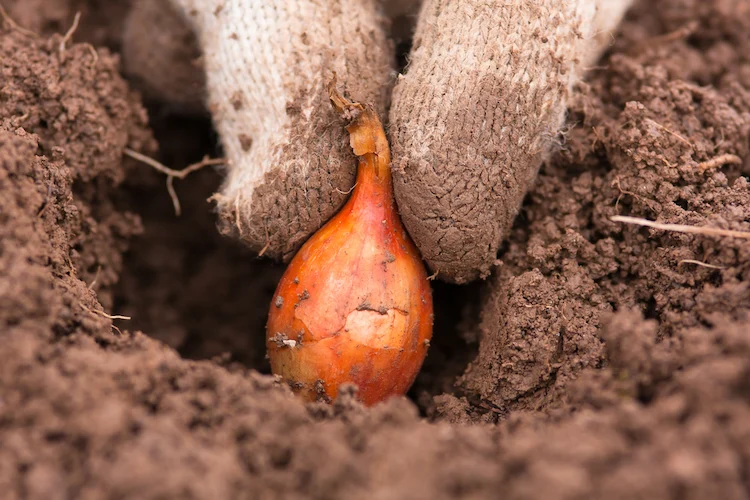
You can plant winter onions at any time during the fall, but keep in mind that you should finish sowing two to three weeks before the first frost so that the bulbs can become well established before winter comes. Most onion varieties take about four to five months to fully ripen.
Prepare the Soil
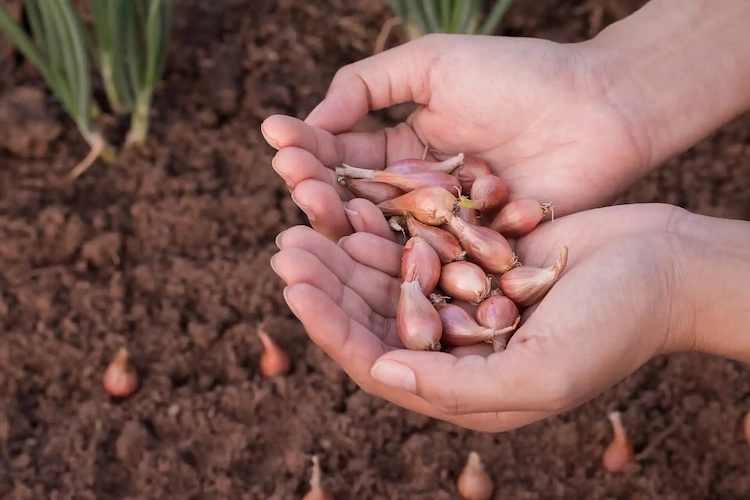
Before you start planting winter onions, you need to properly prepare the soil. Onions grow best in loose, well-drained soil. Loosen the soil by turning it over with a digging fork or trowel and breaking large clods of soil into small pieces. The soil should be soft so that the bulbs can develop properly. You can add sand or well-rotted compost to improve soil quality and drainage Organic material will provide additional nutrients needed during the winter.
Choose a sunny spot in your garden for winter onion. While they are hardy and can grow in a variety of conditions, they prefer sunny outdoor locations for proper growth. Choose a spot that gets at least six to eight hours of sun per day.
Also read: What to Do with Sprouted Onion? Can We Eat It?
How to Plant Winter Onions in the Fall?
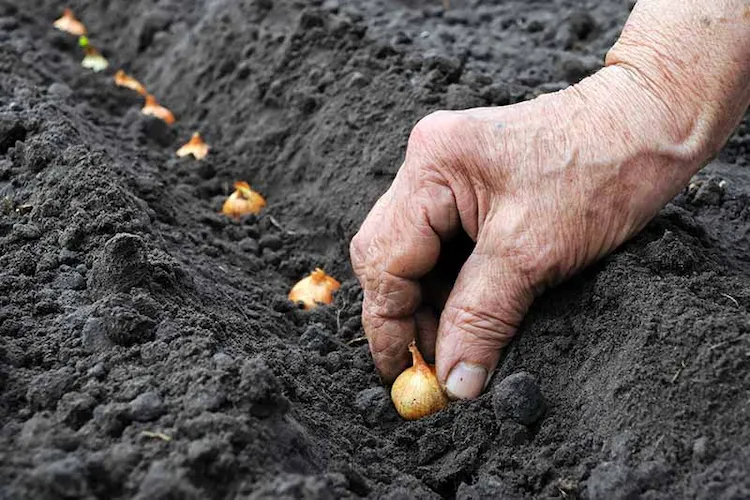
First, gently squeeze each onion to make sure they are healthy. You want to feel firmness, not a bulb that gives easily between your fingers. Plant the bulbs 4 inches apart in rows 8 to 12 inches apart. How deep to plant winter onions? 1 to 2 inches deep is ideal. Insert them so that the tips stick straight out of the ground. Then cut the tops so that the bulbs are not pulled by birds.
If you live in a windy area, consider a windscreen when growing winter onions. Cover the planted bulbs with a thick layer of mulch to help retain soil moisture longer and keep the bulbs warmer. In areas with frequent and prolonged frosts, a fabric row cover can also be applied after mulching to provide additional protection.
Also read: What to Plant after Tomatoes in Fall?
Care for the Onions After Sowing
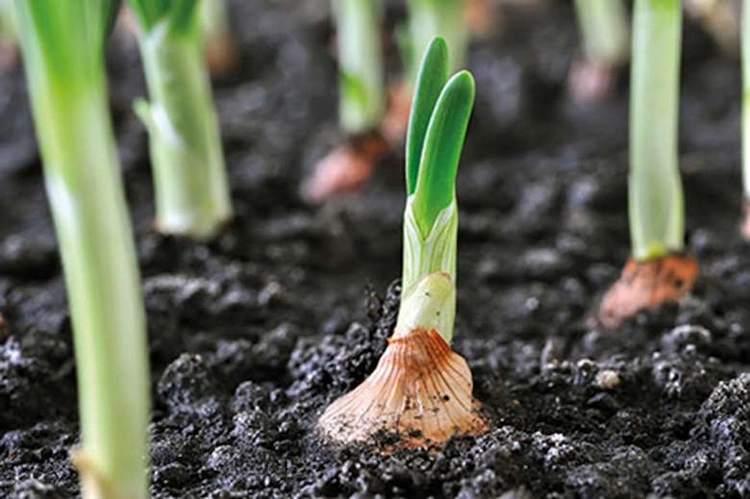
After sowing winter onions, the seedlings must be watered abundantly. For the first two weeks they need to be watered twice a week and after that it is no longer necessary to give them water. Fertilization is also important. You can apply fertilizer at any time between the end of October and November. A second fertilization should be carried out in spring.
If you see weeds in the rows of onions, weed diligently to allow the plants to develop properly, as weeds compete with the onions for nutrients. It is better to remove weeds by hand and be very careful not to damage the young plants. Check the young plants for pests. If you discover pests, it may be necessary to remove the damaged bulbs.
Can You Grow Winter Onions in Containers?
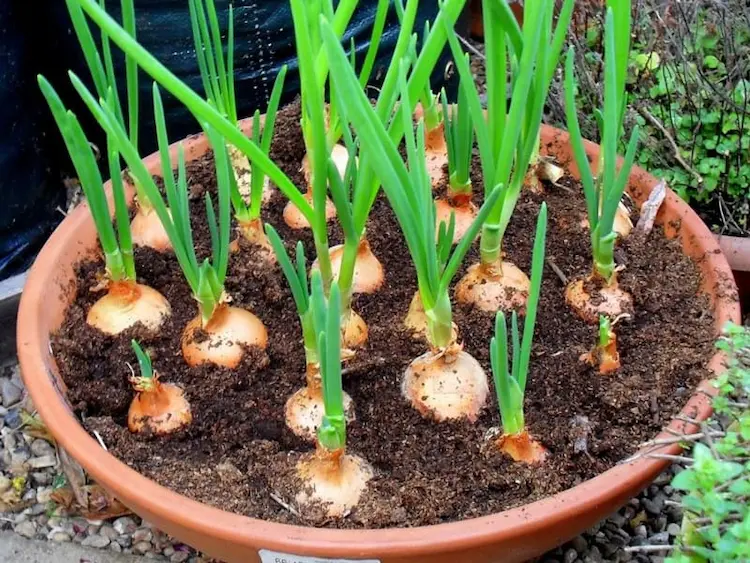
Growing winter onions in containers is also possible. However, consider that containers may not provide enough shelter for overwintering. How to plant onions in containers? Fill a container at least 6 inches deep with a mixture of one part compost and coarse sand and two parts potting soil. Plant the bulbs and water them. Mulch the seedlings and place the containers in a warm and sunny spot.
You can also wrap the container in bubble wrap or heavyweight fleece for additional protection. Remove protective materials and mulch after the last frost in spring or once the weather warms and plants begin to grow. Water the plants moderately to prevent root rot.
